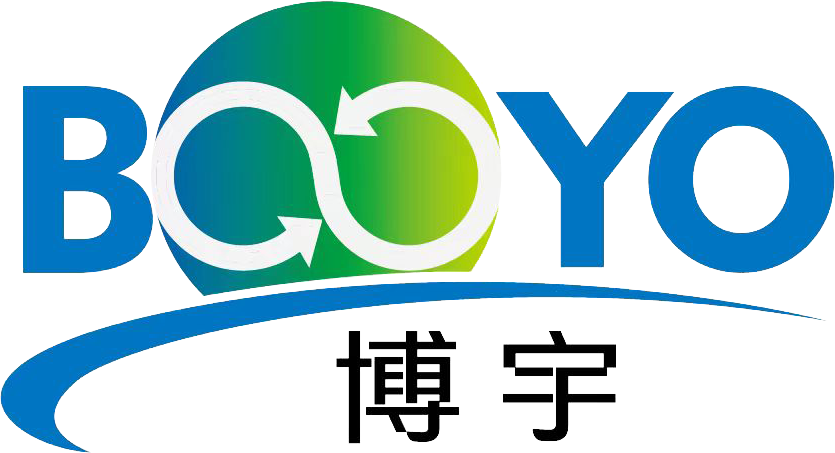
Our News
Find out about our latest news here.
Latest News
- ▶ High-Efficiency Surface Condenser Solutions:
- ▶ Health, Safety and Environment (HSE) Policy
- ▶ Conflict-of-Interest Policy
- ▶ Can a Welded Spiral Heat Exchanger Solve Fouling and Blockage Problems?
- ▶ Anti-Bribery and Corruption (ABC) Compliance Policy
- ▶ The Critical Role and Application of Heat Exchangers in the Natural Gas Treating Process
Message
Introduction
Heat exchangers are critical equipment in industries such as chemical processing, power generation, oil refining, and metallurgy. To ensure consistency, safety, and interchangeability, many manufacturers follow the TEMA standard (Tubular Exchanger Manufacturers Association). A TEMA heat exchanger is not a single model, but a classification system and design guideline specifically for shell-and-tube heat exchangers.
What is TEMA?
TEMA developed widely adopted standards that cover:
Mechanical design rules – to ensure strength and reliability
Nomenclature system – to classify exchanger configurations
Guidelines for materials, fabrication, and tolerances
Application recommendations – for different industrial services
TEMA Nomenclature System
The TEMA letter code consists of three parts:
Front-end head (first letter) – e.g., A (removable channel cover), B (bonnet), C (integral channel cover).
Shell type (second letter) – e.g., E (one-pass shell), F (two-pass shell with longitudinal baffle), G (split-flow shell).
Rear-end head (third letter) – e.g., L (fixed tubesheet), M (outside packed floating head), T (pull-through floating head).
Example: AES exchanger means:
A – Removable channel cover
E – One-pass shell
S – Floating head with backing device
This classification system allows clear communication and easy comparison across different manufacturers.
Stress Compensation in Different Structures
In shell-and-tube exchangers, the shell-side and tube-side fluids usually operate at different temperatures, causing differential thermal expansion. Without stress relief, this can lead to tube bending, tubesheet cracking, or weld failures. TEMA structures provide different solutions:
Floating head design:
The tube bundle is fixed at the channel end and free to expand at the floating head end. The floating tubesheet is not rigidly connected to the shell, allowing axial expansion to relieve thermal stress. This also facilitates tube bundle removal for cleaning and maintenance.Fixed tubesheet design:
Both tubesheets are welded to the shell, so the bundle cannot move freely. To compensate for differential expansion, an expansion joint is installed in the shell. This structure is simpler and lower cost, but less convenient for maintenance compared to floating head exchangers.
TEMA Classes
TEMA divides exchangers into three design classes based on service conditions:
Class R (Refinery) – heavy-duty exchangers for high-temperature, high-pressure refinery and petrochemical service.
Class C (Commercial) – general-purpose exchangers for moderate duties such as HVAC and light industrial applications.
Class B (Chemical) – designed for the chemical process industry, balancing durability and economy.
Applications of TEMA Heat Exchangers
TEMA exchangers are widely used in:
Petrochemical industry – crude oil coolers, condensers, heat recovery units.
Power plants – boiler feedwater heaters, condensers, economizers.
Steel industry – coke oven gas cooling (primary gas coolers, gas condensers).
Chemical industry – process heating, cooling, solvent recovery.
Advantages of TEMA Standards
Interchangeability – standardized codes make specification and replacement easier.
Reliability – mechanical design rules ensure safe operation under pressure and thermal fluctuations.
Flexibility – multiple combinations of heads, shells, and tubesheets meet different process requirements.
Global recognition – widely accepted and often applied together with ASME Code requirements.
Conclusion
The TEMA standard provides a universal language for shell-and-tube heat exchanger design, ensuring consistency, reliability, and safe operation. Whether in refinery, chemical, power, or steel applications, a properly selected TEMA heat exchanger ensures efficiency, durability, and long service life.
PROFESSIONAL CONSULTATION
If you are interested in our products and want to know more details, please leave a message here, we will reply you as soon as we can.